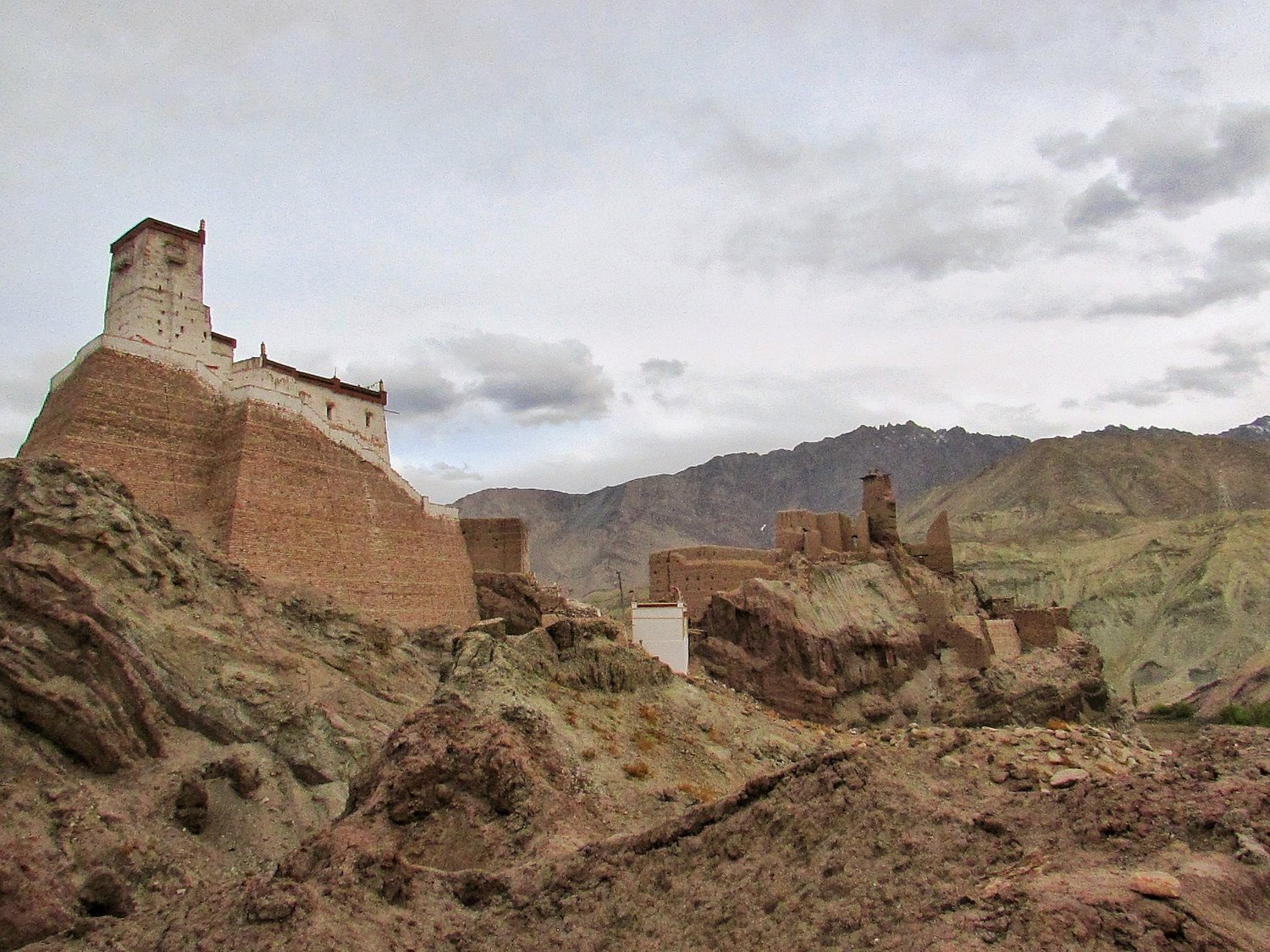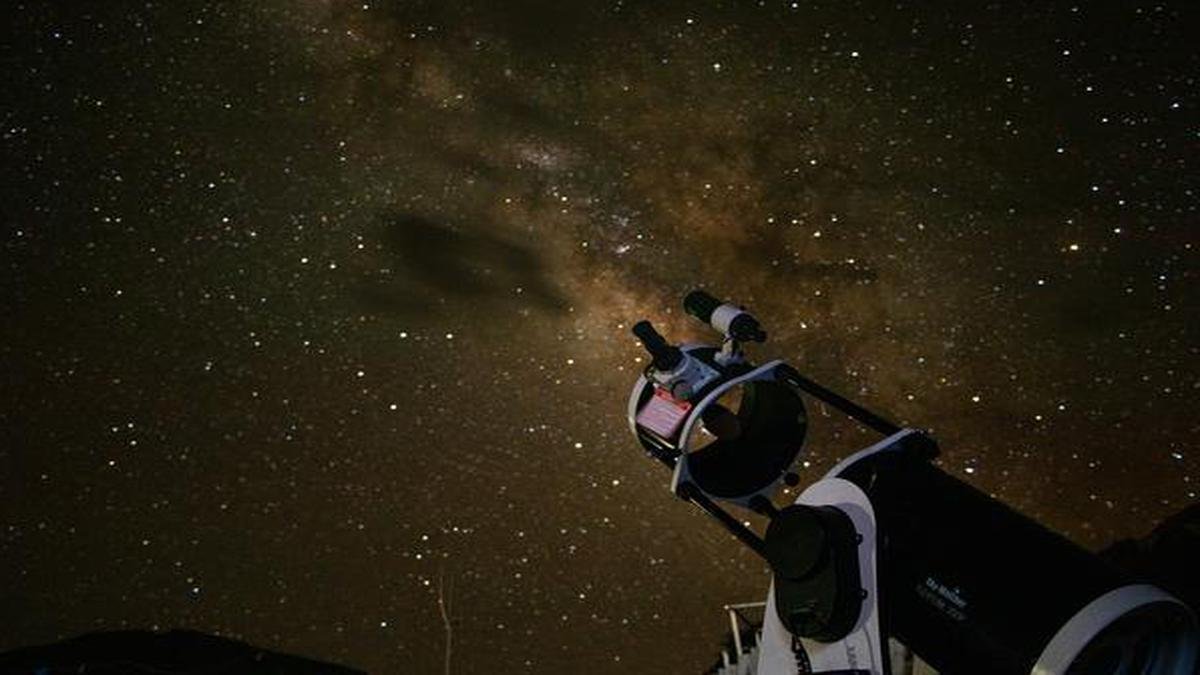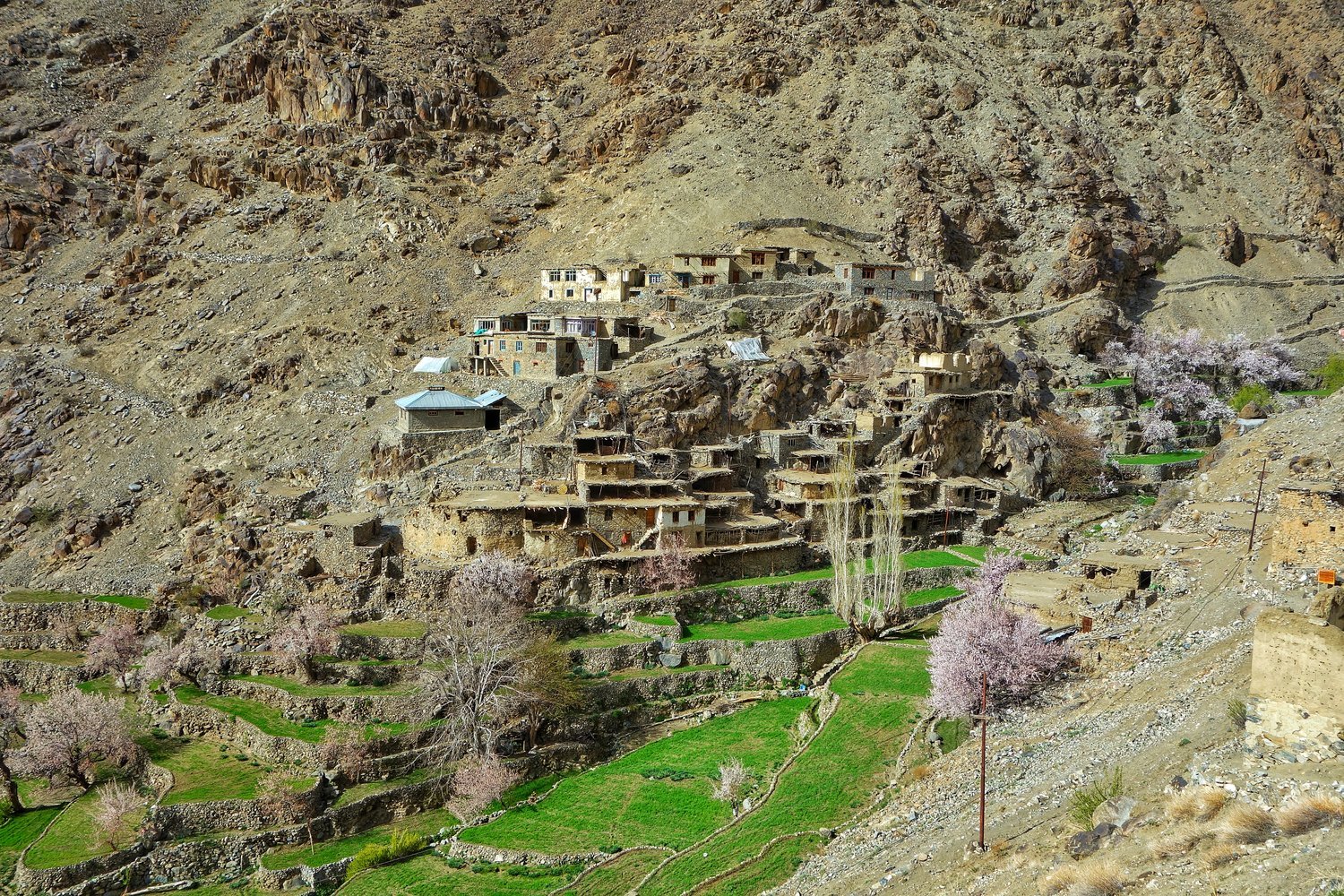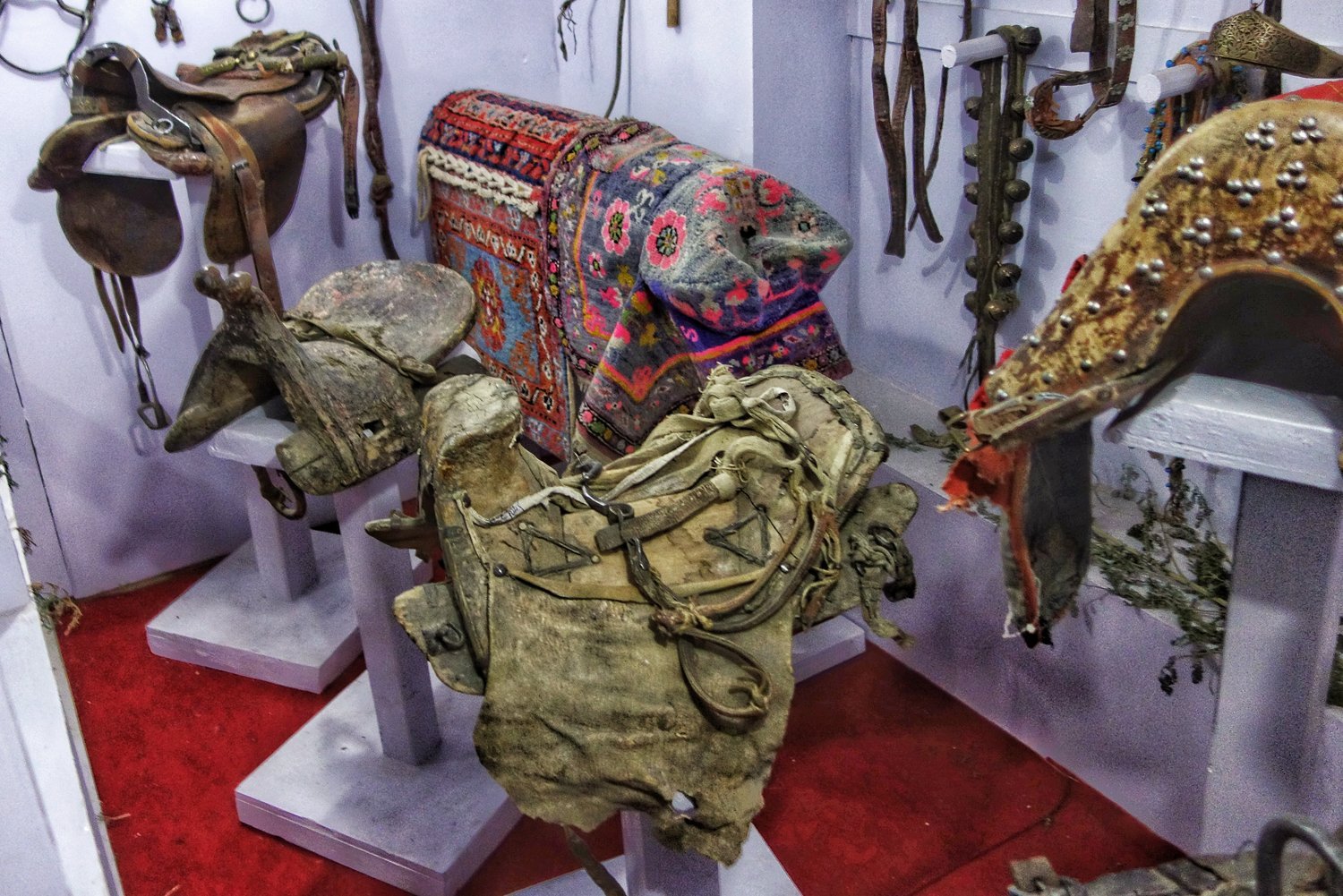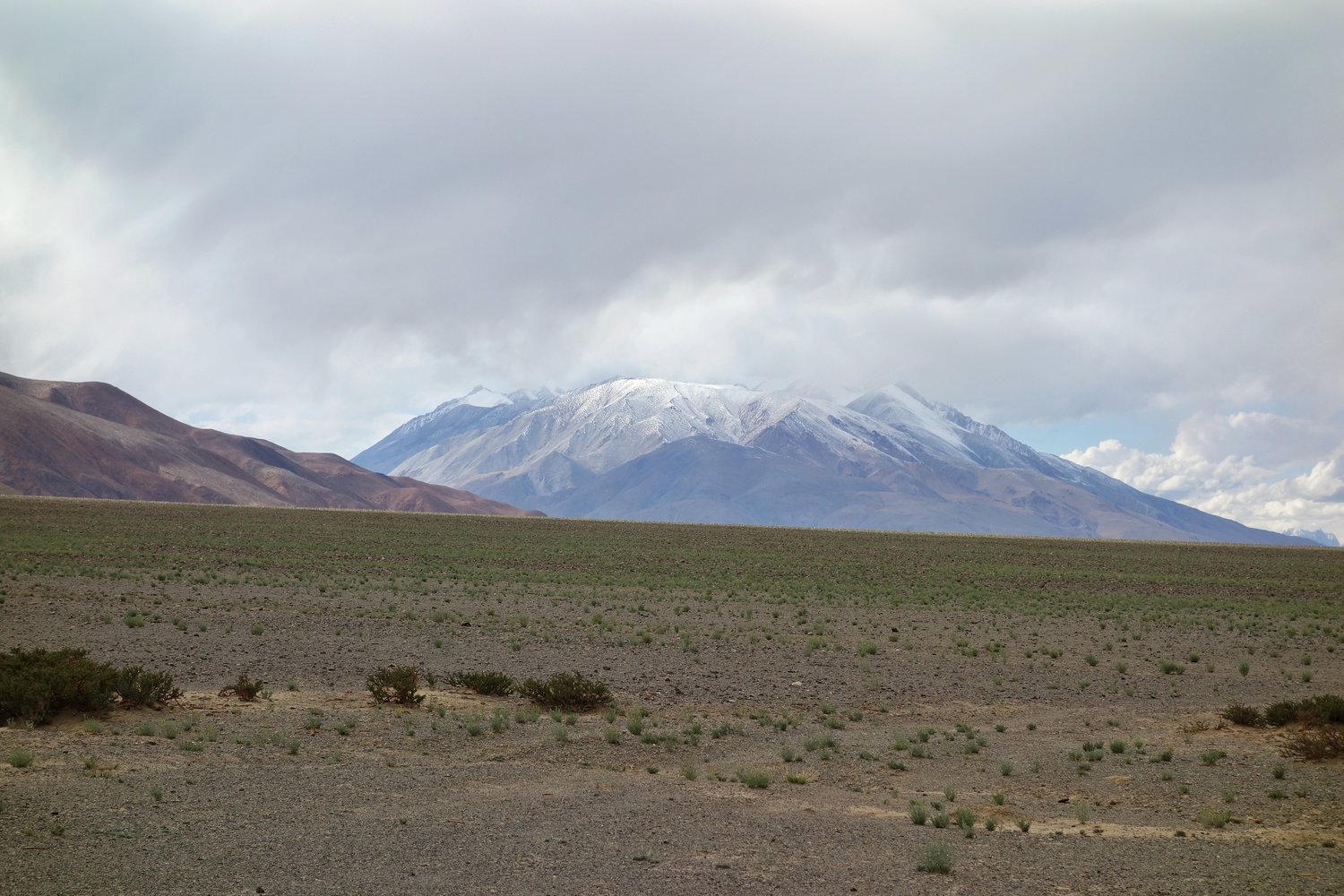Most People while visiting Ladakh just visit the same old Places, popular Tourist places and ones popularized by Bollywood and Influencers on Social Media. As a result a few Places bear the brunt of the Tourist footfalls which has serious Environmental and Social Impact.
I have always subscribed to the Philosophy that instead of sending 100 people to 5 places send 20 people to 25 places. Ecologically viable Tourism starts by spreading the load of the Tourists. And here is a list of Ten Things that I would recommend to do in Ladakh. And please remember that Ladakh is a large Region and most of it is rather unknown for most people. Ive added a Note on the Mountain Geography of Ladakh for easier understanding. You can also read my Ladakh Travel Guide for General Information.
So I have compiled a list of Ten Things that I would do in Ladakh, keeping in view all my Visits and Readings on Ladakh. They are in no particular order and each One is a Unique experience in its own.
1. Explore the Basgo Monastery and Fort :
Basgo located some distance away from Leh was once the Capital of Ladakh and still the site of an impressive Monastery and a Fort. It was on the Plains outside that the Battle of Basgo was fought.
It was the Tibetans and their Mongol allies vs the Ladakhis and their Mughal allies. During the build up to the Battle the Mughal force crossed the Indus over two wooden bridges at Khalaste and marched towards Basgo. The two armies met at a plain called Jargyal between Basgo and Nimmu. This is referred to as the Battle of Basgo fought in 1679.
And the battle hardened Mughals along with their Ladakhi and Kullu allies proved too strong for the Tibeto-Mongols and their Bushahri allies. The Tibeto-Mongols were pushed back and routed all the way to Spituk where after a brief lull the fighting erupted again until they were driven beyond the Pangong Lake to a place called Tashigang.
They built themselves a Fort and shut themselves in and the Mughal Army now turned back, confident that the Tibeto-Mongols were gone for good. But of course Mongols being Mongols, they were wrong, but more of that later.
Read More about the Battle of Basgo
2. Gaze at the Stars at the Astrohub : A Great New Stargazing Experience in near Leh
Introducing the Cosmohub in Phyang around 30 kms from Leh. An Initiative totally handled by the Local Village Ladies.
The Cosmohub has a Telescope which enables you to gaze even further into Space in the already very clear Ladakh skies.
Cosmohub- A New Stargazing experience near Leh. This women-led Astro-tourism initiative offers stargazing through a Telescope along with local folklore about skies narrated by trained local women.
You also get to Experience local Cuisine and Handicrafts prepared by a local self help group of women in addition to a guided tour of the nearby Monastery.
3. Visit the abandoned Village of Old Hundarman :
Ladakh offers many gems set in the Trans Himalayan landscape.
One such place while travelling to Ladakh is the Village called Hundarman near Kargil. Set in a sharp mountain gully 11km from Kargil, the tumbledown ghost village of Hundarman is a remarkable sight.
Rocky crags tower above, a steeply raked arc of stone-walled terraces sits below and virtually all of the low-ceilinged homes are stacked on top of one another, forming a fascinating core that has been (somewhat) preserved as a unique time capsule. And there is a neat little Museum in one of the abandoned Homes with antiquities found in these abandoned Houses.
This Village was till 1971 under Pakistani control but came under Indian Control after the 1971 War. And the fact that there are Warning Signs about Land Mines on both sides of the Road leading to Hundarman is a testament to the turmoil this Region has seen.
Yes you will hear the same Story about another place on this List.
4. Watch the Karakorams from the Khardung La :
Yes Khardung La is famous as one of the Highest Passes in the World but what most people dont know is that one gets a great view of the mighty Karakoram Range while looking North standing atop the Khardung La.
And now for some fun facts on the Karakorams in India. The Karakorams is a Mountain Range and like all Great Mountain Ranges it has a number of sub Ranges. And it has been classified into Nine Sub Ranges and out of these 3 lie fully on the Indian side and a 4th lies partly on the Indian side.
The Sasser Muztagh is the southernmost sub Range of the main Range and lies between the bend of the Shyok when it changes direction and heads in a Northern direction. The Shyok rises in the Rimo Muztagh which lies above the Sasser Muztagh.
The same trend is shown by the Nubra which also joins the Shyok and its at this point the Baltoro Sub Range starts which is partly on the Indian side. So the Sasser and the Baltoro Ranges are divided by the Nubra which rises in the Siachen Glacier. The Sasser La runs roughly between the Sasser Muztagh and the Rimo Muztagh. And in the extreme North along the Siachen Glacier runs the Siachen Muztagh.
Read More about the Karakorams in Ladakh
5. Visit the Donkey Sanctuary in Leh :
You must have seen a lot of Donkeys roaming around in the Streets of Leh. They are used as beasts of Burden in these rugged Mountains and many of them are unfortunately abandoned one they are older or are injured.
Sonam Dorje runs a Donkey Sanctuary on the outskirts of Leh where these unwanted Donkeys are taken care of. Its a Happy Place for these unwanted Donkeys where they can just do their Donkey things and get Food to eat and even basic Medical facilities.
The Donkey Sanctuary runs solely on Donations so its a good idea to visit the places, spend some time with the Donkey Bros and give whatever you can for the Welfare of these Donkeys.
Read More about the Donkey Sanctuary in Ladakh
6. Visit the Munshi Aziz Bhat Museum / Central Asian Museum :
Munshi Aziz Bhat was a trader also on the Central Asian trade Route and owned a number of shops in Kargil and his trading company was called Munshi Aziz Bhat and Sons. He set up a Serai, the Kargil Serai in 1920 to offer boarding lodging and storage places to the Traders. Soon the Serai became a stopover place for all kinds of traders from all kinds of places in Kargil. The Kargil Serai also served as a kind of an unofficial Post Office which received a lot of mail especially from the Hoshiarpuri Punjabi traders. The Serai had in its front a couple of shops as well which the Traders could use to display their wares. The Serai was a busy one in the late 1800s as well as the early 1900s and it saw many traders come and go.
It was a chance discovery in the beginning of this century that some workers were sent to the place to clear some mess as parts of the structure had collapsed. The workers unearthed some very interesting items and reported these to the owners. The Owners then decided to come and check for themselves and they unearthed what can only be called a priceless treasure in the form of various items related to the Central Asian trade and items from all over Central Asia, the Indian subcontinent, Tibet and even Europe. As luck would have it a visiting historian persuaded the family to preserve this price-less collection instead of it ending up in some antique shops. And so was set up the Aziz Bhat Museum of Central Asian and Kargil Trade Artefacts to display the Collection.
The range of artefacts unearthed from the Munshi Aziz Bhat Sarai has given invaluable insights into not only the forgotten trade history but also into the cross-cultural, cosmopolitan past of Kargil. These artefacts aren’t mere antiques but they are a testimony to the fact that Kargil was a melting pot of cultures, languages, lifestyles and ideas. They are now on display in a part of the Munshi family’s house that has now been converted into the Museum.
Read More about the Munshi Aziz Bhat Museum
7. Panikhar and watch the Twin Peaks Nun and Kun :
Have you ever wondered what it feels to stand at the foot of the Greatest Mountain Range on the Planet, the Great Himalayan Range itself and stare at a 7000 Meter plus feet Mountain ?
The sheer grandeur of the Great Himalayan Range on one side and the Zanskar Range on the other side can be experienced in the Suru Valley. You can watch in awe the Twin Peaks of Nun and Kun which are a part of the Great Himalayan Range and tower above the Suru Valley and from places like Panikhar and Parkachik you get a superb view of these Giants.
Read More about the Suru Valley
8. Visit the Alchi Monastery :
Out of all the beautiful Monasteries in Ladakh the Alchi Monastery is probably the most fascinating one because of its Paintings and Murals said to have been done by Artists who came from Kashmir and they have a certain Kashmiri touch to them.
As per a leading researcher on Himalayan and Tibetan Art : “The world-famous Buddhist monastery of Alchi in Ladakh, India, is the best-preserved temple complex in the Himalayas. Proposed for inclusion in the UNESCO World Cultural Heritage list in 1998, the monastery's artworks reveal influences from India and Tibet across Central Asia and Iran, even as far back as Ancient Greece. Housing thousands of rare paintings and sculptures from the area dating back to the eleventh century, it provides fascinating insight into the spiritual and secular life of mediaeval Kashmir and Western Tibet.
9. Pay a Visit to Baltistan :
The neighbouring Region of Ladakh to the West is Baltistan Region. The people share almost the same Ethnicity as the people of Ladakh but over the centuries their Culture has changed and Religion is mostly Islam. The language of the Baltis is still quite similar to Ladakhi and is actually the closest language to the Old Tibetan language.
At the time of Partition almost the whole of Baltistan was occupied by Pakistan with its main City of Skardu. However over the Years in subsequent Conflicts the Indians managed to get back a little part of Baltistan and nowadays one of these Villages, Turtuk has become quite a Tourist destination.
Visit Turtuk to get a taste of Balti Culture and besides Turtuk there are a number of other Villages where you can see Balti People and Experience Balti Culture. You can now even visit the Northernmost Village of Thang which is located right on the Line of Control.
Read More about Ladakh and Baltistan
10. Drive from Pangong Tso to Tso Moriri over the Changthang :
Of all the drives one can do in Ladakh the most fascinating for me is the one of going over the Changthang while driving from the Pangong Lake to the Tso Moriri Lake. The Changthang is a vast High Altitude Plateau that stretches over thousands of kms and includes parts of Tibet as well as Ladakh and goes all the way to Xinjiang.
It is an extremely inhospitable place but at the same time its beauty is quite unparalleled. Its dotted with certain Wetlands and on this stretch the Indus River enters Ladakh from the Tibetan side. The Changthang is largely uninhabited except for the hardy Changpa Nomads who raise their flocks of the famous Pashmina Goats on this Plateau.
Read More about the Changthang
Addendum : A Note on Understanding the Geography of Ladakh
The Mountain Geography of Ladakh


